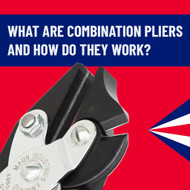What Are Combination Pliers And How Do They Work?
4th Jul 2025
Combination pliers allow you to perform multiple tasks with one tool.
In this post, we go into the details of what combination pliers are, their types, and how to use them.
What are Combination Pliers?
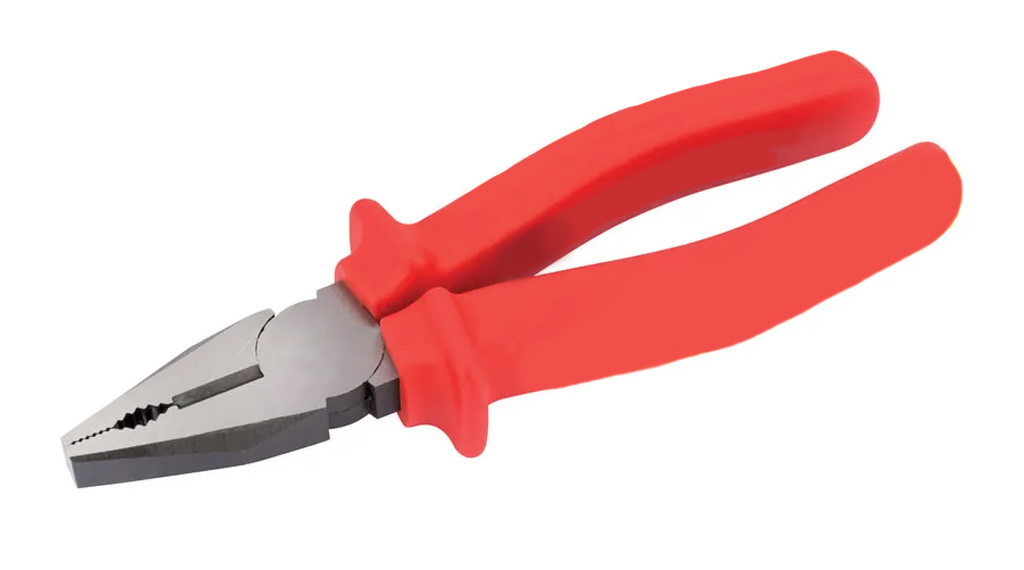
Combination pliers (also known as “Lineman’s pliers”) are a type of pliers that can perform more than one function in a single tool. This will usually be both gripping and cutting.
They’re typically used by electricians, workmen, and tradespeople for bending and cutting through tough metal wire and electrical cables.
Types and Uses of Combination Pliers
Here are the various types of combination pliers and their uses:
Traditional Combination Pliers
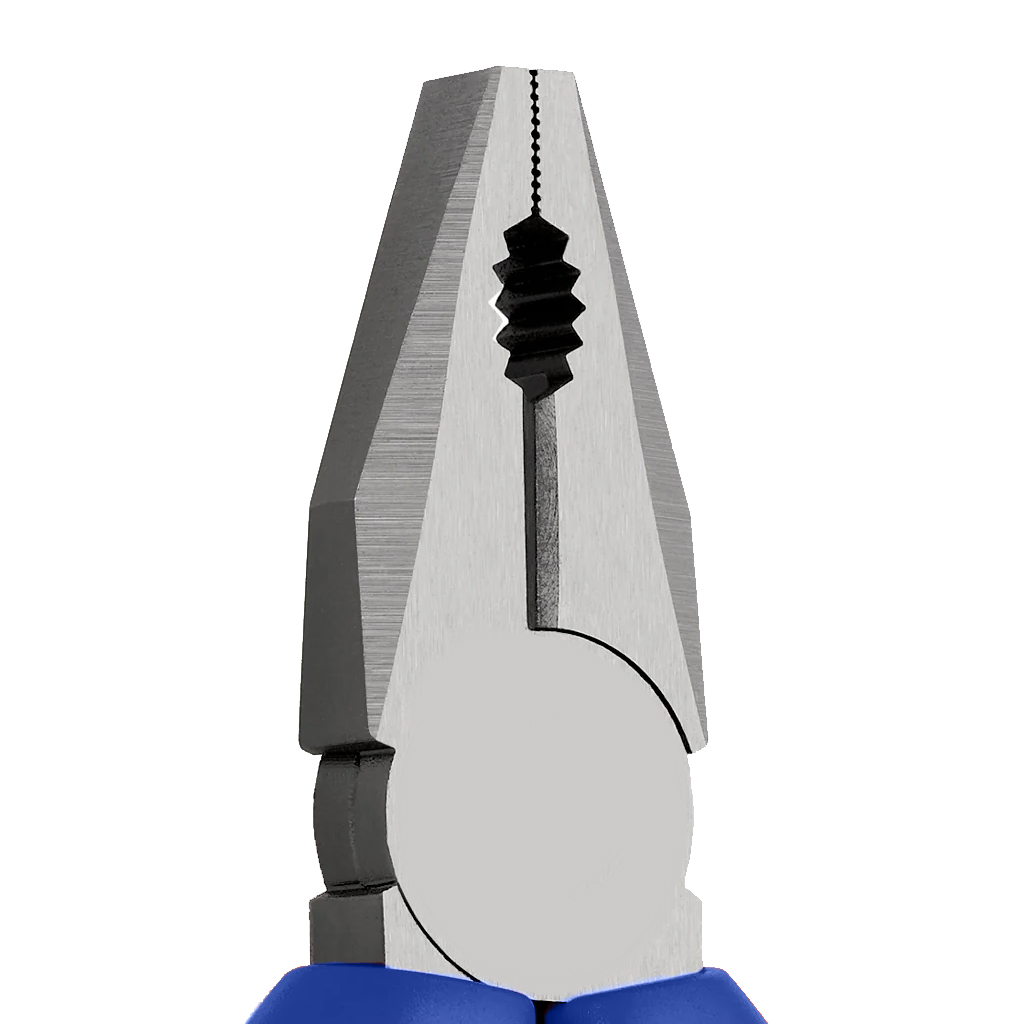
These pliers have one scissor-type jaw opening, where half of the length is flat and used for gripping, and the other half is a cutting edge used for cutting wire.
The main benefit of these is the ability to quickly swap between bending and cutting, as the wire will already be very close to the cutters during gripping.
They are however riskier, as it’s easy to accidentally cut the wire you were intending to grip.
They also have a worse grip than a full-length plier, as they only have half of the contact surface area to apply force on.
Side Cutter Parallel Pliers
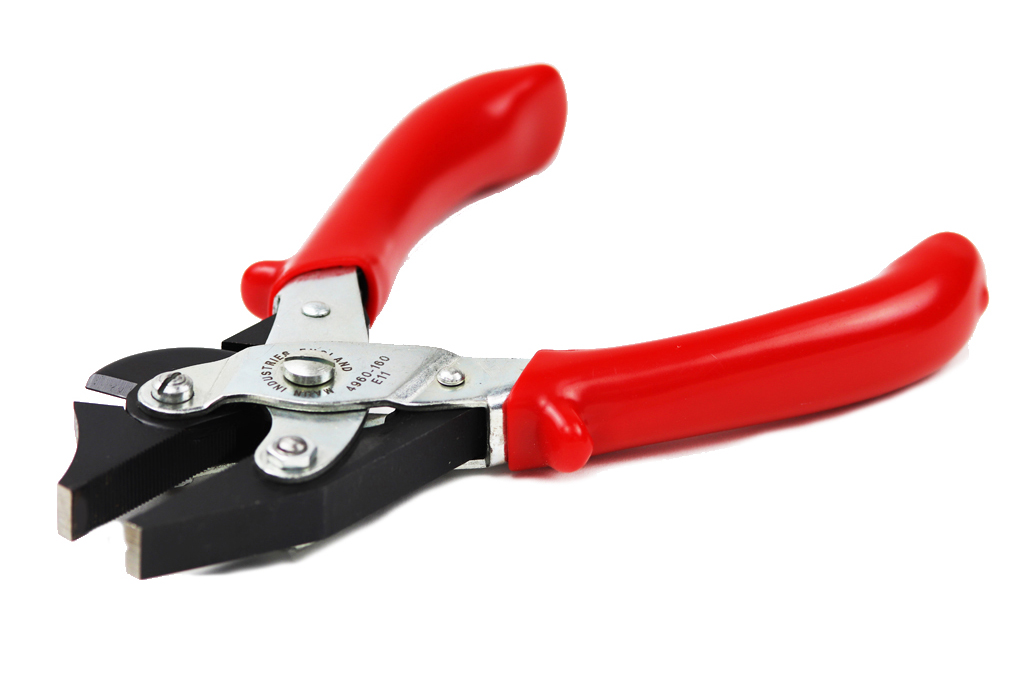
Side cutter parallel pliers use two separate jaws controlled by one set of handles. One jaw opening is a full-length plier for gripping and bending wire, and the second jaw opening on the side is used for cutting wire.
The main benefit of these is the strength of grip, with parallel-action jaws providing more friction, as well as having a full set of jaws allowing for more friction vs traditional combination pliers.
They also provide much greater cutting force, as they use a compound-lever action (unlike traditional combination pliers that use a normal pivot).
The Maun Side Cutter Parallel Pliers also have a v-slot in the jaws which fully surrounds the wire for better grip, and an open-throat to let you work on any part of a length of wire.
Fencing Pliers
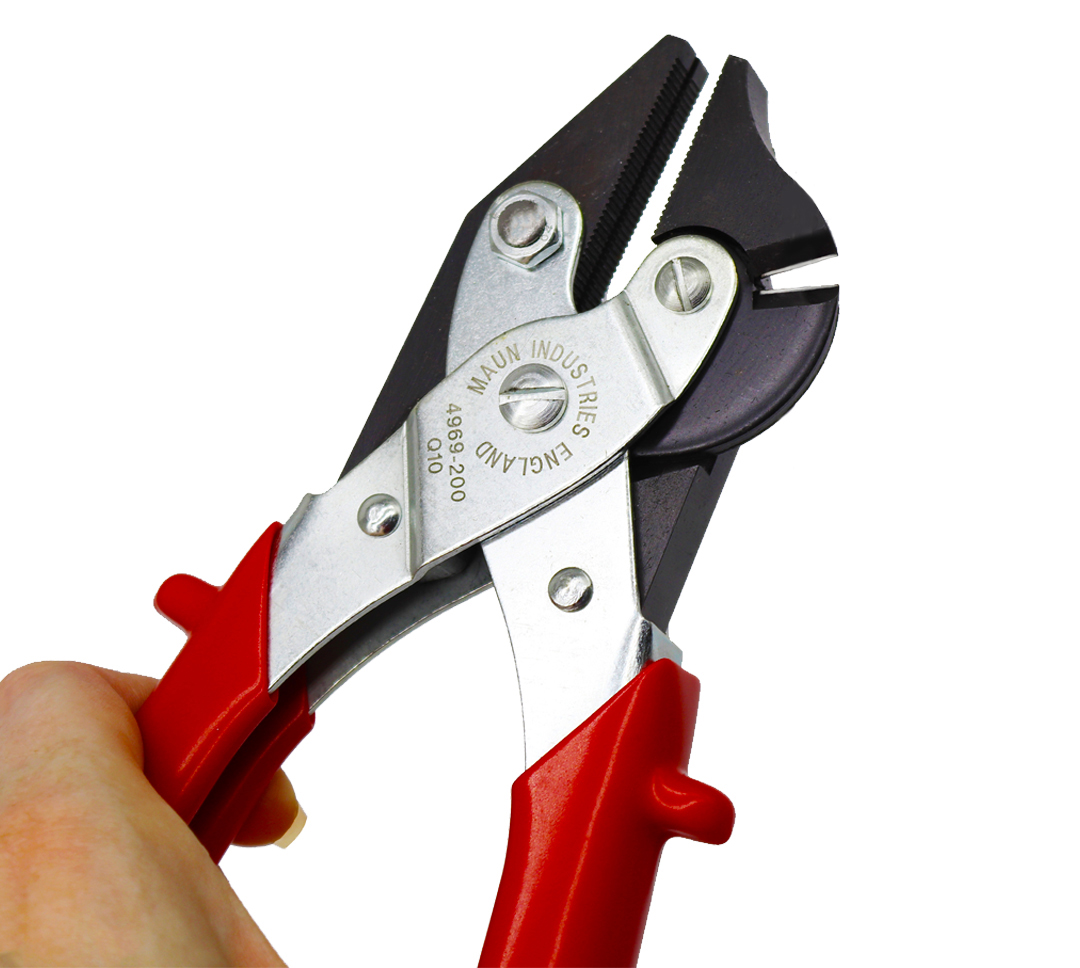
Fencing pliers are rugged tools designed for agricultural workers who build and maintain farm fencing. They allow you to grip, bend and cut through very tough fencing wire with one tool, helping to speed up the long process of installing boundary electrical fencing.
We recommend choosing Parallel Jaw Fencing Pliers, as they have a v-slot that holds wire around the whole circumference for better grip, and an open-throat to allow you to bend the wire over the entire length of the piece.
Learn more here: What are fencing pliers?
Insulated Combination Pliers
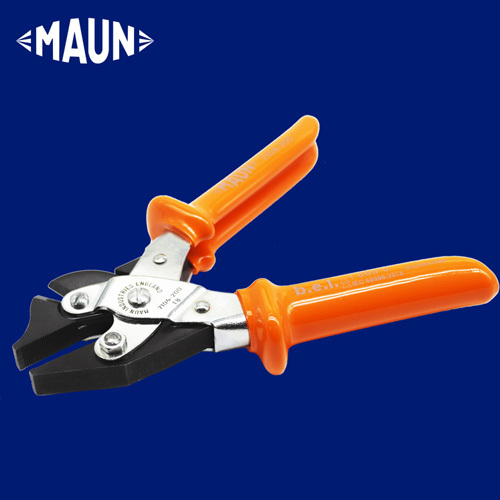
Insulated combination pliers are the same as traditional ones, but they have insulated handles, which means the user will not receive a shock if accidentally touching a live electrical wire.
They are commonly used by electricians.
You can browse insulated pliers here, and insulated cutters here.
Long Nose Combination Pliers
Long nose combination pliers are the same as traditional, but instead of a flat nose, the pliers have a long, tapered nose, which allows you to get into tighter spaces.
How to use Combination Pliers
Combination pliers can be used in the same way as traditional pliers, by holding the tool in one hand, placing the workpiece in the jaws (gripping or cutting depending on the task), and applying force to the handles.
To do so safely, ensure you wear goggles, gloves, and long sleeves, and keep your other hand away from the jaws.
FAQ’s
Can they be used for electrical work?
Yes, combination pliers are useful for electrical work and can be used to strip and twist wires together for electrical connections, and hold small components in place when assembling circuit boards.
Can they be used in the automotive industry?
Combination pliers are used in the automotive industry to bend and shape brake lines to fit the contours of a vehicle and to remove and replace spark plug wires or other electrical connections.
Are they useful in construction?
Yes, combination pliers are useful in construction for cutting and gripping wire and nails during the framing process, and to cut and shape wire mesh during concrete reinforcement.
What materials are they made from?
Combination pliers tend to be made from steel, as it’s a durable material that’s designed for tough jobs.
Conclusion
We hope you enjoyed our post on combination pliers.
Browse our related posts below, or contact us with any questions:

